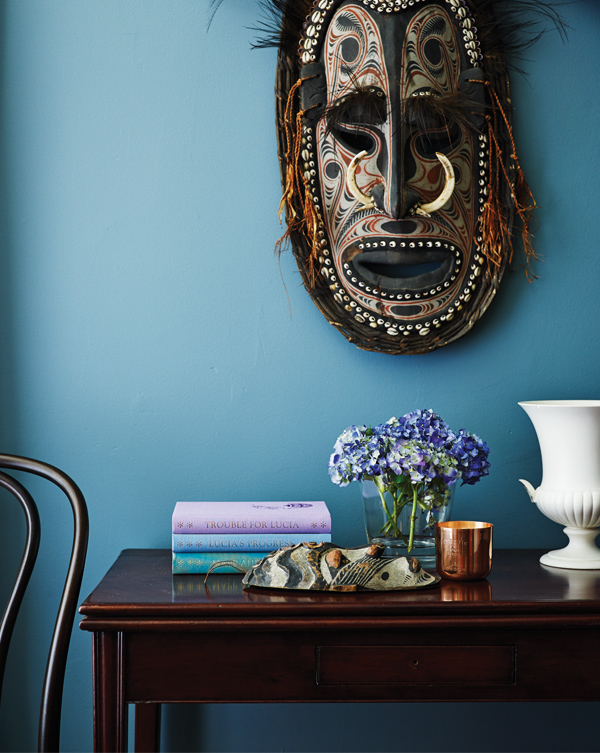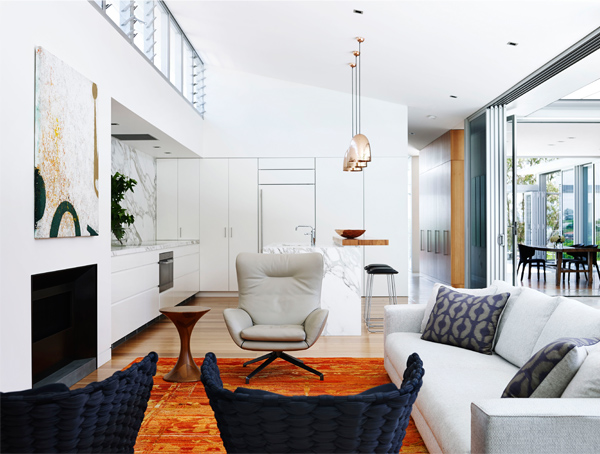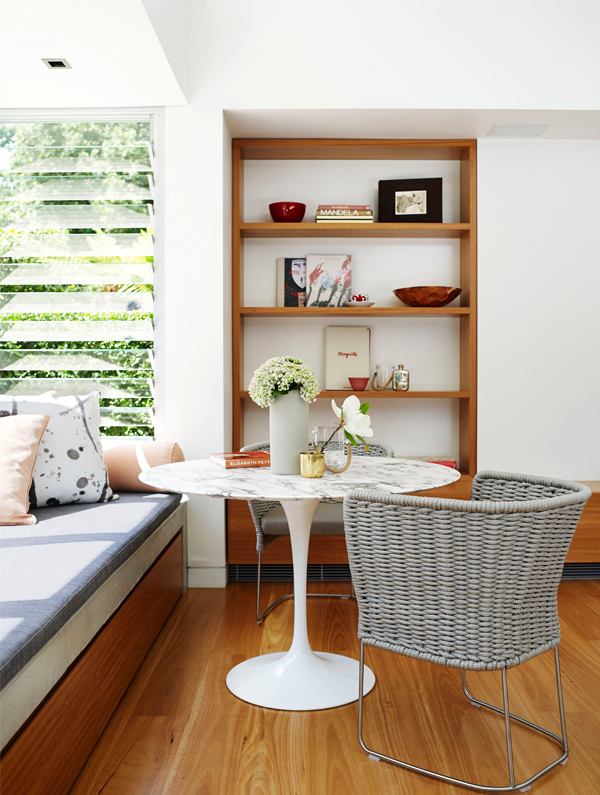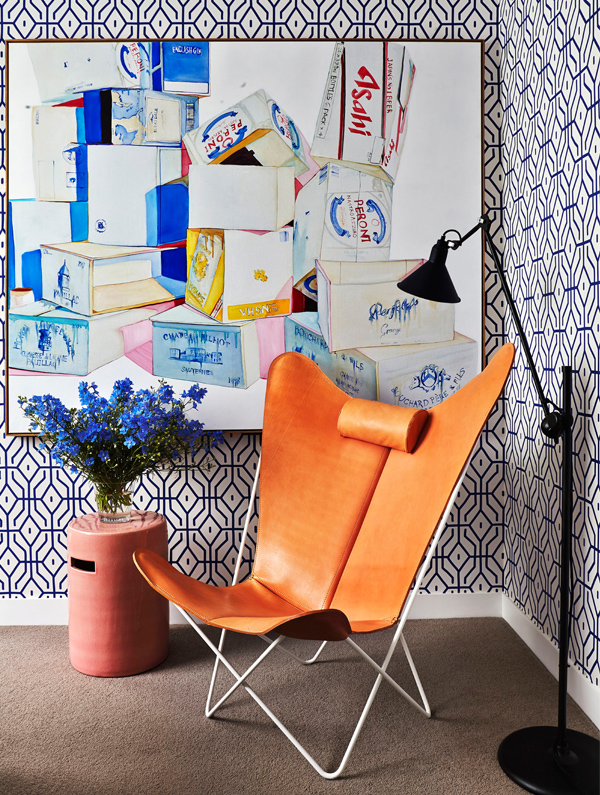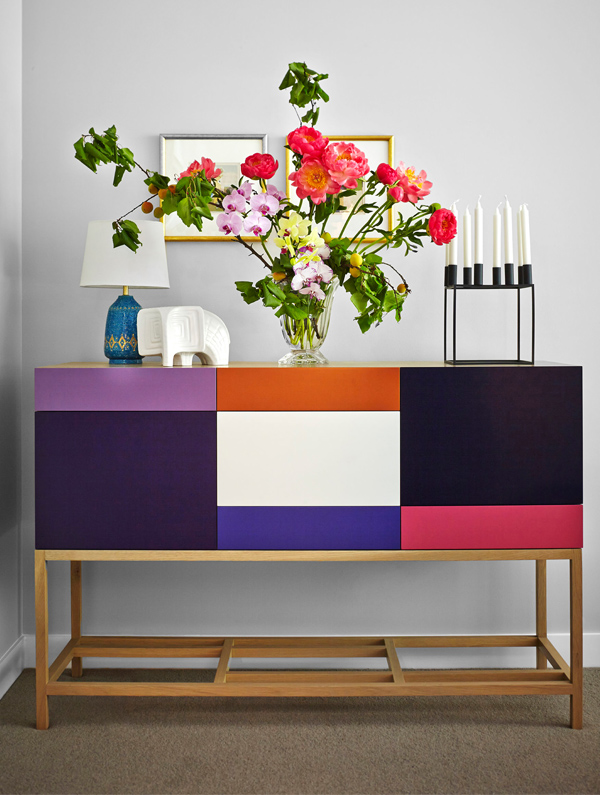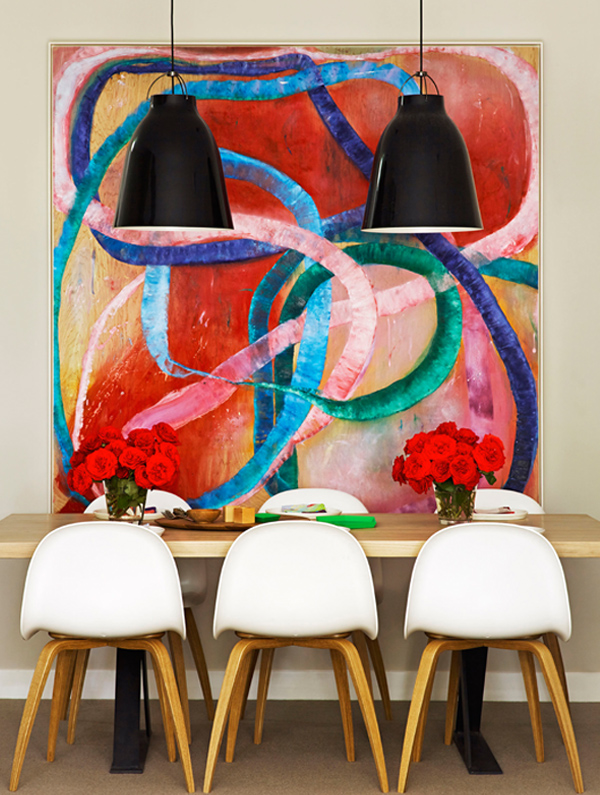
Arent&Pyke: the strength of two
Share
Above image: The Pavilion House, photographed by Anson Smart
Interview by (inside) Interior Design Review’s co-editor, Gillian Serisier.
Recognising passion and talent as a given, the impetus behind the Juliette Arent and Sarah-Jane Pyke partnership, Arent&Pyke, is one of entrepreneurial drive coupled with a complementary but diverse skill set. It is a relationship that works exceptionally well, with each challenging the other to maintain their particular and shared aesthetic. “What we both bring to a project is quite different, we have a slightly different taste in things, but together, with a collaborative approach, the client gets the best result,” says Arent.
While this collaborative approach has fuelled their practice, it is also a natural fit given their differing paths. Arent’s starting point was a design degree at COFA that did not quite fit her needs and promptly segued into a fine arts degree. An advanced diploma of interior design at the Design Centre Enmore [TAFE NSW Sydney Institute] came next, followed by a stint of industry experience working in London.
On return to Sydney she took a position with a practice, where she met Pyke. Conversely, Pyke had approached interior design via an interior architecture degree from UNSW, allowing her to be across all disciplines of design. Pyke then worked with interior firms briefly before ‘accidentally’ starting her own practice when she secured a client.
For both, the idea of going into practice was always a given, rather than a question. Moreover, the chemistry of their personalities, history and what their separate skills brought to the table seemed kismet: “I think the trigger was realising how entrepreneurial the other was. Even though we both had a passion for design it was the entrepreneurial spirit – the drive – that we saw in each other. I knew Sarah-Jane had it because she had had her own business,” says Arent, with Pyke adding: “I always knew I would go back into practice for myself, it was the long-term plan and discovering that was Juliette’s dream too it sparked something where we went ‘wow’, this is something we can do together.”
From an aesthetic perspective Arent&Pyke have emerged in a post-minimalist era. As such, there is no history of bare surfaces, mandatory white walls and vast sparse interior landscapes to inform their oeuvre. Rather, they have commenced their practice within an interior design dialogue of texture, pattern, colour and form that while informed by the past, is newly realised as commensurate with contemporary life, as Arent explains in terms of infl uences. “From university on it has been mid-century architects and designers, but particularly the writing surrounding the change of the way people live. Lately, I have an affinity with designers such as Ilse Crawford, who are looking at the individual and how the individual reacts to their immediate surroundings.”
The approach requires a very specific balance of objective decision-making and subjective reasoning, which the combined interior design sub-skills of art and architectural theory, work well to deliver. Within this paradigm, each project must also be highly personalised to the client. “Our aim is to create homes that feel like they are in collaboration with the person who owns the house, so to give it a feeling that it has not been overly decorated you do have to be more restrained with the palette that you create,” says Pyke. As such, the Arent&Pyke aesthetic is realised as a bold expanse, punctuated by pattern and texture.
It is a shared passion for textiles that becomes central to their projects, with interesting and beautiful work always a feature of their interiors. “We both love textiles,” says Pyke, “there are some amazing textiles at Milgate – Pierre Frey is doing some beautiful prints, as is Christopher Farr Cloth, we use those fabrics a lot. Contemporary prints by Shilo Engelbrecht – she is painting canvases, exploding those with digital printing. What we love about art is what we encourage in fabric use.”
Contemporary art plays an integral role in their design, informing the intimacy and unique character of each project and has been an aspect of their approach neither has shied away from. Rather, their tendency has been to encourage collecting habits by creating a vehicle for art to occupy space with ease.
“From the start, largely through Juliette’s influence, it’s been part of our practice to talk about art and to encourage that with our clients. Sometimes we have had clients with beautiful and significant art collections, we have had clients with nothing and everything in between. We are always talking about their existing work and looking at that within the new work that we are doing or we are encouraging, suggesting and sourcing work for specific spaces as we go and we are always placing work in the project,” says Pyke.
Where they do draw the line is art investment decisions, preferring to advise within the purview of their expertise: “We can say to someone, yes it is a good investment to buy two Cassina Utrecht chairs because they are beautifully made and they have stood the test of time, they will last forever and you will pass it on to your children,” says Arent.
The sophistication of an Arent&Pyke interior lies in its capacity for art to be primary, that is, the painting, sculpture, installation or object retains the artists’ intention, rather than taking on the role of decoration. As such, the client’s intellectual and emotional relationship with their collection remains defined. Effectively, much like Arent and Pyke themselves, the accord between the interior and the art is of two equally strong entities, able to complement without compromising intention.

